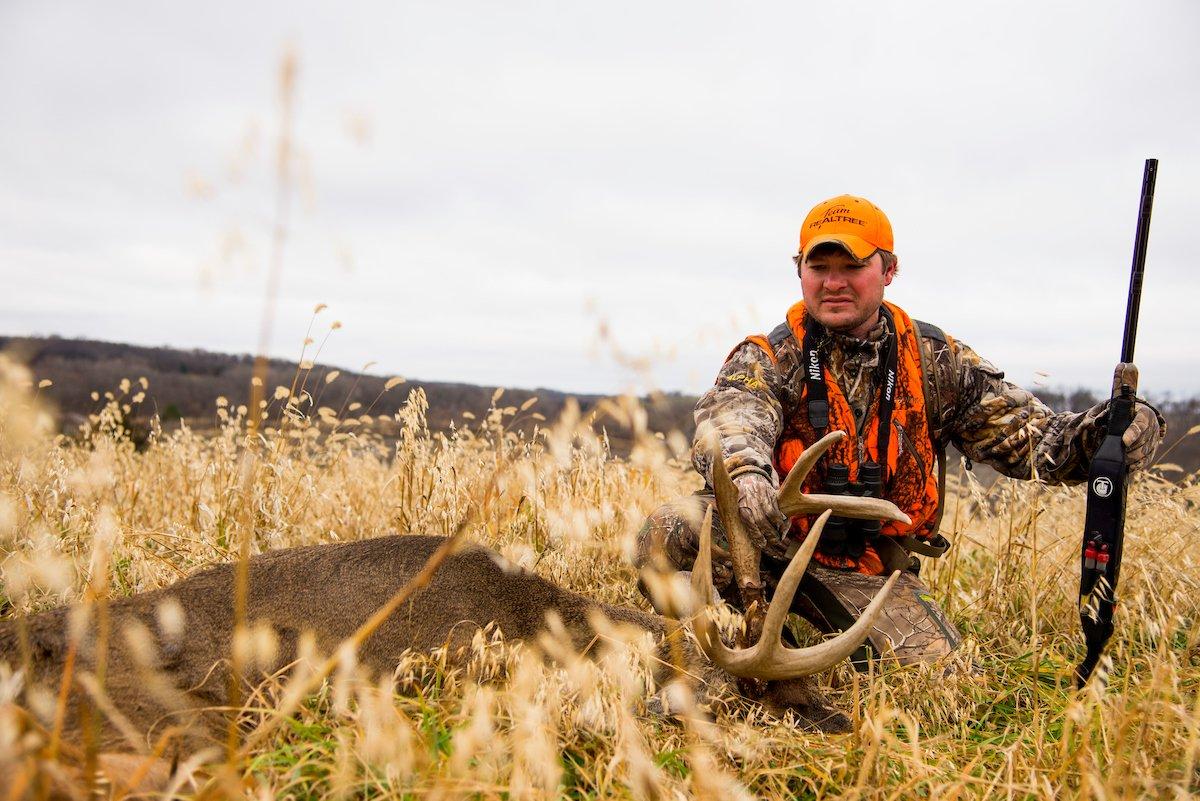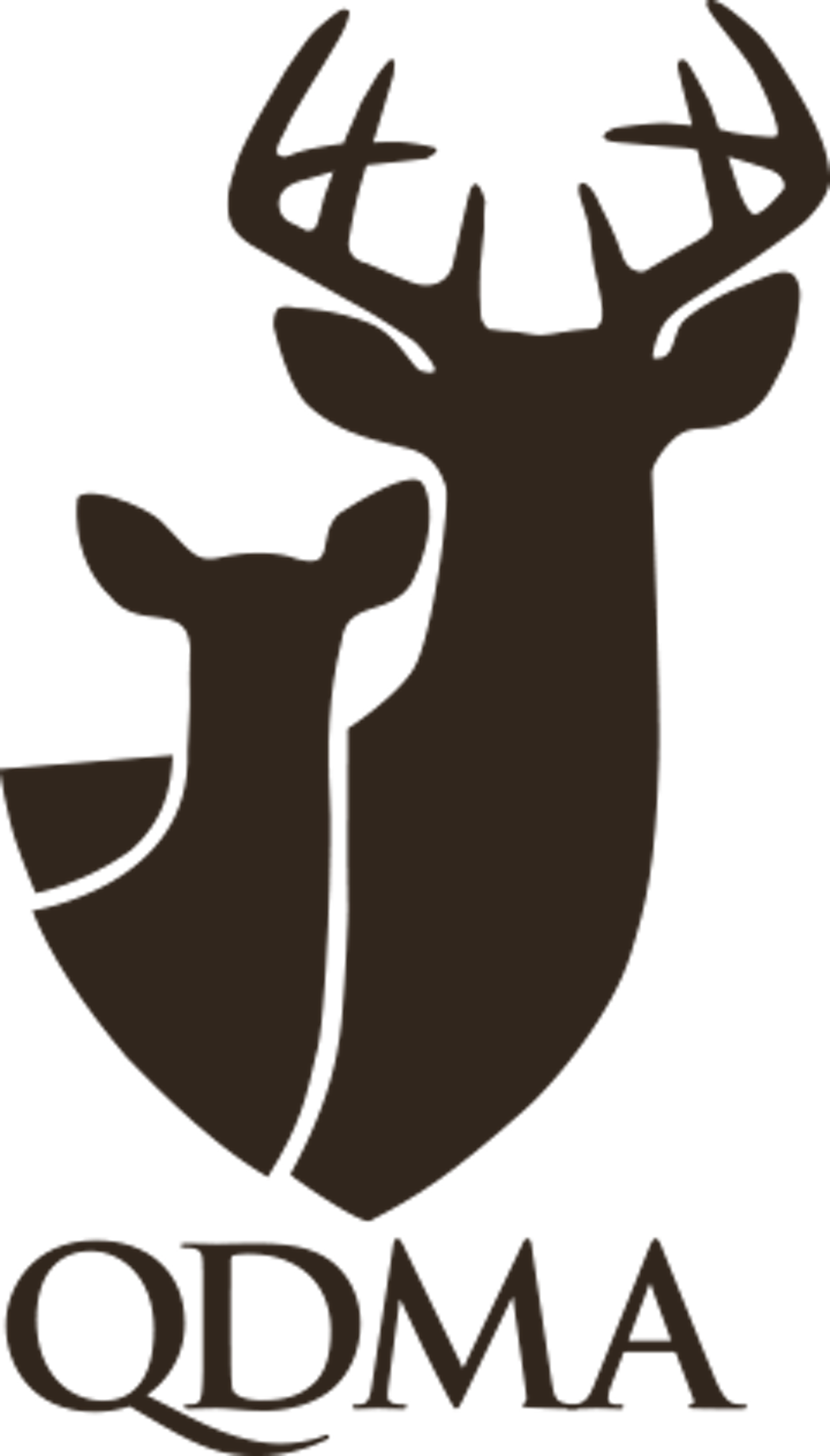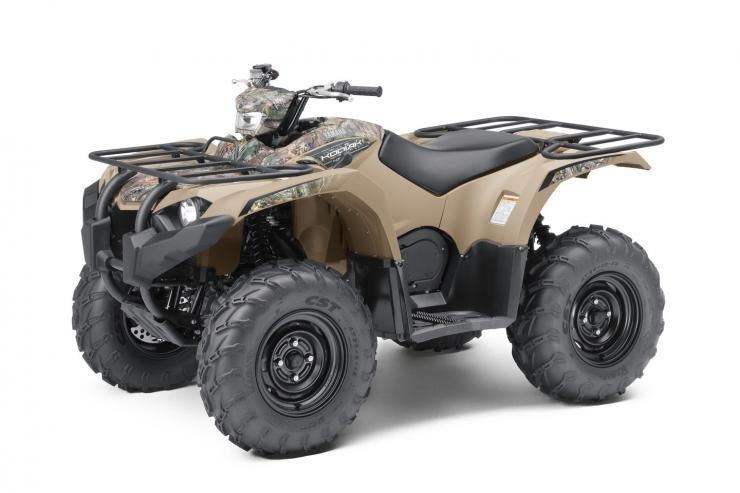Do You Put Much Stock in Doing the Little Things?
I recently trekked down to New Orleans, Louisiana, where I attended the 2017 Quality Deer Management Association Convention. It was chocked full of deer facts and good fun yet again. From enlightening seminars to enjoyable social events, this year's convention was a grand one.
One of the events that I attended was a panel discussion on habitat challenges. Big names from throughout the industry sat on the panel and discussed some of the biggest issues in habitat management today. Craig Harper, a wildlife biologist with the University of Tennessee, was a big part of that discussion. Here are six things that were covered and that you can do that will have big impacts on your deer hunting.
Study the Average Weights and Antler Scores of Harvested Animals
The goal of improvement is only achieved through the collection, analysis and implementation of sound data gathered through effective research. We can jabber all day long about things we think we know. But when the finger meets trigger, it's best to make wise decisions based on not only reason but also science.
Two ways to monitor the health of your herd is to record the average weights and antler scores of the deer you harvest. When doing this, also keep track of the estimated age of the animals by pulling a jawbone for each one and analyzing tooth wear. Compare your data to that of the average for the area you're in and determine if deer where you hunt are above or below that average. This will tell you if there are too many deer, not enough food sources, etc. Then, make management decisions accordingly.
Utilize All Unused Spaces by Planting Micro Food Sources
Most hunters don't realize how much of the land they hunt is not used to its full potential. Scour the properties you hunt and look for small pockets that can be optimized for increased nutrition.
Something that a lot of people drive by everyday on the property is what I call odd areas, Harper said. If you drive along the edges of woods and fields, there will be little openings here and there that aren't planted and just growing in whatever. More times than not, it's growing in something that isn't good. Now, this isn't a hunting strategy, but if you're trying to increase the amount of nutrition on the property, just by going along these little odd openings here and there and [adding] that acreage up on an aerial photo, you'll be surprised how much it encompasses on your property.
Periodically Run a Disc Over the Ground to Keep Resetting the Habitat
This is easy to do if you have the equipment available to you. Simply hook up to the disc and start cutting dirt. This will disrupt the growth of the plant community that is currently established and allow for new growth to take its place. That said, be cognizant of when work ground. The potential for different plant communities changes with each week and month of the year. For example, if you disc in June or July, you'll have different plants emerge in that area than if you disc in December or January. Determine what types of vegetation you want to emerge, do some research to determine the right time to disc for those plant species, and then disc accordingly.
Cut Non-Beneficial Shrubs and Trees and Spray the Stumps
There are many shrubs and trees out there that aren't beneficial for wildlife. Some are invasive species. Others are native species that simply hold little to no value. Regardless, you can easily rid your property of these plants and trees by cutting them down and then spraying the stumps and stalks with herbicides.
You can spot spray [unwanted woody vegetation] with an herbicide, Harper said. I'd use Garlon 3A. It is not soil active so you would not have any problems with desirable trees that you don't want to harm.
Convert Unnecessary Mature Growth Back to Early Successional Habitat
I've heard many deer hunters say they'd rather have a big stand of hardwoods than a bunch of CRP and other early successional habitat. To those people, I always ask, Why? I would much rather have 80 acres of CRP or some of other type of thick early successional growth and 20 acres of hardwoods than just 100 acres of hardwoods. Deer densities will skyrocket when you reset the biological clock and allow for new plant growth. Doing so adds tons (literally) of cover and food for whitetails and other wildlife.
In many cases, I will thin pines, if not completely cutting them, to make room for other plant varieties, Harper said. And then what I'd do where the pines are now would be dependent on looking at a photo, seeing where the pines are, where the other vegetation types are, where deer are bedding, feeding and traveling, and then com up with a design as to whether I want more thicket type cover or successional type vegetation. You could go forward with just about anything you want to do. You could even [just] cut the pines and let things start growing up."
Allow Thickets and Early Successional Growth to Remain
Sometimes the best thing you can do is nothing at all. The worst thing that ever happened to whitetails was the bush hog. Most open, grassy fields do virtually nothing for whitetails. So, if you have areas that are beginning to get thick, nasty and full of beneficial plant varieties, leave them alone.
Remember — if it's pretty to a farmer, it ain't pretty to a whitetail. The sooner you quit cleaning up the farm, the sooner you'll start seeing more deer. The nastier the better.
Are you a deer hunter thirsty for knowledge? Check out our stories, videos and hard-hitting how-to's on deer hunting.









